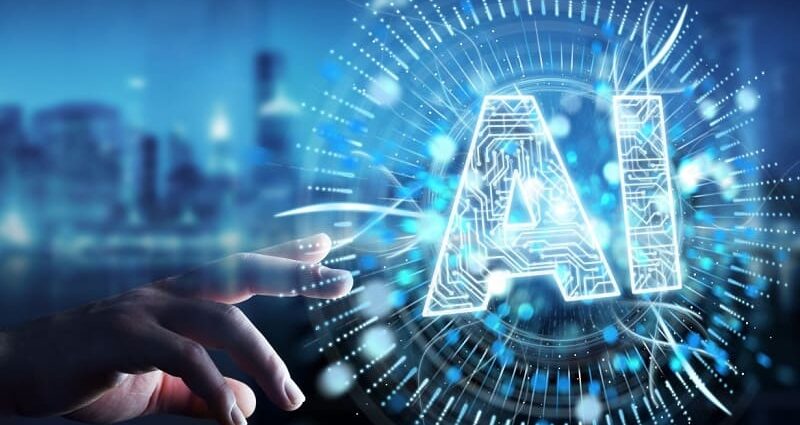The field of art and design is constantly evolving, and one of the most significant recent developments has been the integration of artificial intelligence (AI) in the creative process. AI-powered image creation is transforming the way artists and designers approach their work, offering new possibilities for creativity, efficiency, and collaboration.
Traditionally, artists and designers have relied on manual methods to create visual content, such as drawing or painting by hand, or using digital tools like Adobe Photoshop https://promptsideas.com/. While these methods have been effective, they can be time-consuming and often require a high level of skill and expertise. However, AI-powered image creation is changing this paradigm, allowing artists and designers to create high-quality visual content quickly and efficiently.

One of the key benefits of AI in image creation is its ability to generate large volumes of images quickly and automatically. This allows artists and designers to experiment with a wide range of design options and styles, allowing them to explore new creative avenues and discover new ideas. Furthermore, AI-powered image creation tools can assist artists and designers in producing images with a high level of detail and complexity, which would have been challenging to create by hand.
Another way in which AI is transforming the creative process is through its ability to learn from and adapt to the creative preferences and styles of individual artists and designers. For example, AI-powered tools can learn an artist’s brushstrokes and color choices, enabling them to create new images in a style that is consistent with the artist’s existing body of work. This not only saves time but also allows artists and designers to maintain their unique creative identity.
Moreover, AI-powered image creation is transforming collaboration and accessibility in the field of art and design. AI-powered tools allow multiple artists and designers to work together on the same image, regardless of their location. This makes collaboration more accessible and efficient, as artists and designers can work on the same image in real-time, regardless of their geographical location.
However, the integration of AI in image creation also poses challenges. One of the most significant challenges is the potential loss of creativity and individuality in the creative process. There is a concern that reliance on AI-powered tools may lead to the homogenization of visual content, as artists and designers may rely too heavily on AI-generated images, rather than developing their unique creative vision.
Another challenge is the potential for bias in AI-generated images. Since AI algorithms learn from data sets, they can pick up biases that may exist in the data, such as gender or racial stereotypes. As such, it is important for artists and designers to be aware of this and take steps to mitigate bias, such as diversifying their data sets and monitoring their algorithms’ output for potential bias.
In conclusion, AI-powered image creation is transforming the creative process in art and design, offering new possibilities for creativity, efficiency, and collaboration. While there are concerns about the potential loss of creativity and individuality and the potential for bias in AI-generated images, these challenges can be addressed through awareness, education, and responsible use. As such, AI-powered image creation represents a significant shift in the field of art and design, offering new opportunities for artists and designers to explore and innovate in their work.
